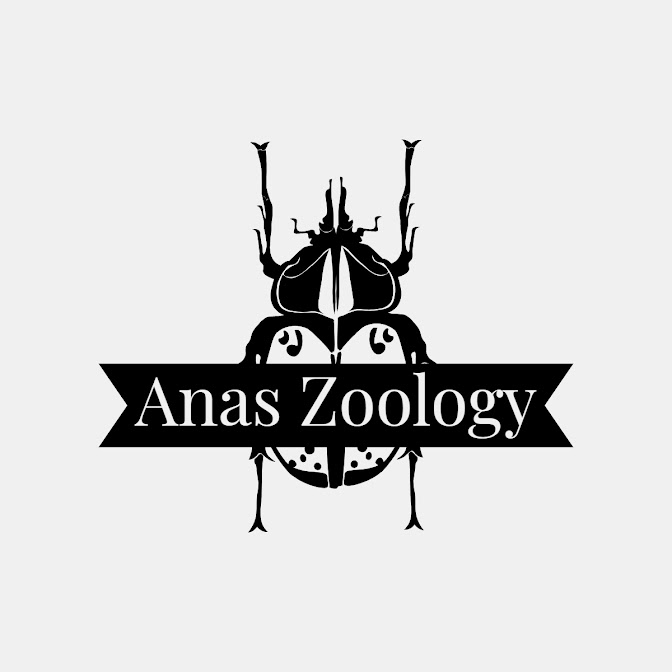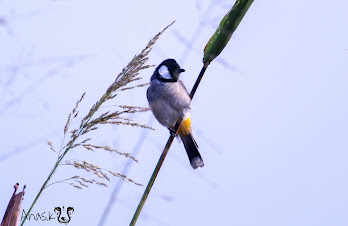Lemon Sponge

What are Sponges ? Simple, mostly marine animals, adult sponges live permanently attached to rocks, corals, and shipwrecks. A few species live in freshwater. Sponges belong to phylum Porifera. The Porifera vary in size and shape, from thin sheets to huge barrels, but all have the same basic structure: different types of specialist cells, but no organs. A system of water canal branches through the sponge, and water is drawn into them through tiny pores in the sponges surface. Special chambers or cells lining the water canals trap and engulf bacteria from plankton for food, and waste water exits through large openings called oscula. Many sponges are classically "spongy", others are rock hard, soft, or even slimy depending on the supporting skeleton, which is made of tiny spicules of silica or calcium carbonate. Spicules vary in shape and number between species and can be used in identification. Calcareous Sponges: Lemon sponge is a calcareous sponge. The skeleton of Calcarea i...






